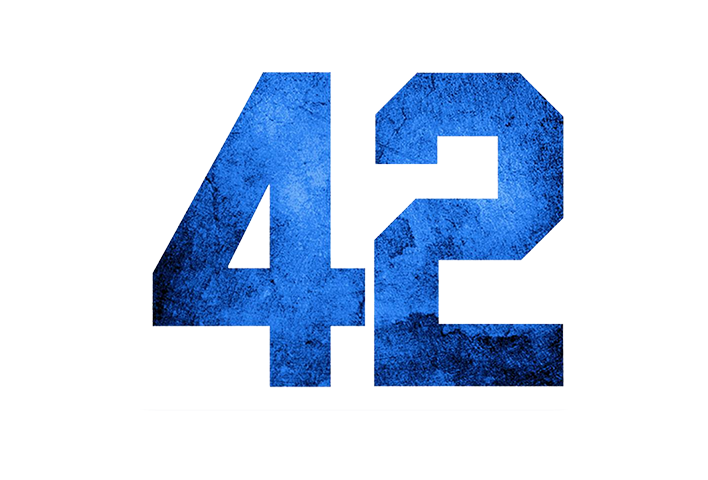Photo by Émile Perron on Unsplash
There is no doubt that in recent time, the barrier to entry to building your own SaaS (software as a service) product has been lowered to the extent that almost anyone can jump in and build a solution to solve a problem.
However, an immediate after effect of this surge in SaaS offerings out there means that your average customer is completely spoilt for choice, and differentiating your offering from those of your competitors has become the problem du jour.
How to work on the ‘edge cases’ that can make or break your startup? It means you have to focus on things like customer retention and strategies/tools that can record massive amounts of data about how your customers come to you, and then what they do once they start poking around your system. This myriad of metrics and information usually means that you need to invest in a host of third party tools in order to get these capabilities into your own app.
Now, I am a believer in the old adage of “don’t build it yourself if you can buy it off someone has who has already done the hard work”. Our friends over at Baremetrics have already done the homework and designed a tool that will tell you whether it is more economical to build a solution you need in house, or pay a third party provider for it.
But over time, while talking to several marketing experts about how we could improve growth in my own SaaS product by increasing user retention and satisfaction, I kept hearing that we needed to provide things like:
Detailed user onboarding workflow
Screen recording to track behaviour and movement through your app
Knowledgebase of help articles
Video based training via an online academy
Automation tools for importing/exporting and linking data
In app chat for instant support response
CRM (customer relationship management) tool for drip email campaigns and “central point of truth” for all your customer data
Mailing list management software
Blog site with relevant articles plus hints and tips for your customers
Analytics and data warehousing tools
This is of course on top of a bunch of other tools that you need in order to build and host your offering in the first place, such as:
Hosting with AWS/Google Cloud/Azure etc.
Landing pages for marketing campaigns
Prototyping tools
Bug tracking and CI (continuous integration) & build tools
Source code repository hosting
Security infrastructure
NPS (net promoter score) measurement tools
Billing management systems
Financial accounting/payroll systems
and much more.
We recently did an audit of the cost of third party tools that we use here at my own SaaS business, and we worked out that all of our monthly tools that we used to track the above was around the $3000 per month mark (and that is with about half of our tools on free or discounted plans!). Now, given that our base pricing for our SaaS is $100 per month, it means that 30 of our customers are basically there just to pay for our third party toolset. None of those 30 customer’s revenue can go towards paying for general marketing costs, or to pay wages for our team.
Because we are still a fairly small and growing company, 30 customers is quite a sizeable percentage of our total base. I know what you are thinking - “Meh, that won’t be a problem once you have a million customers!”, but then it still will, because a lot of these third party tools pricing are based on the size of your customer base, so our hosting and support tool costs will increase linearly along with the size of our customer base at a constant rate.
To this end, I am now revisiting the idea of swapping a lot of these third party tools back ‘in house’ again. For instance, we recently explored a variety of customer onboarding tools, but given the fact that most of these tools run to around $200/month on their basic plan (that’s another 2 customers we have to find and keep just to pay for that tool), we decided to go back to writing our own onboarding sequences for new customers.
Sure this took some time to do, but at the end of the day, we could incorporate steps into our onboarding that third party tools could not hope to replicate - for example, studies have shown that the sooner you can make the customer feel that they “own” your tool, the better the chances they will stick around and explore. So, the second step of our onboarding process encourages the customer to upload their company logo to their trial company. This way, they see their company logo and name at the top of every app screen they visit during their exploration. We have seen trials to paid subscription conversions improve as a result of just this one change alone!
One of our ‘self rolled’ onboarding screens within our app.
Same with our billing system backend. At a recent conference I attended, I was bombarded by third party payment processing handlers who promised they could handle things like bounced payments and expired credit cards for us - all for a monthly fee plus percentage commissions.
I am sure they were great and all, but I ended up writing our own Dunning routines and processes for handling expired cards all within our own codebase, which gives us far better flexibility as to how we can handle them.
The other thing I have been exploring is the consolidating of multiple services all into one. We recently signed up for HubSpot’s sales and marketing toolchest, and it appears that we can now stop subscribing to about 5 other vendors (in app support chat, support knowledgebase, newsletter manager, drip campaign system, landing page hosting) and do it all within the one system. HubSpot isn’t cheap, but we can reduce our monthly third party service bill by around $1000/month, so that certainly helps to offset the cost, especially while we are on their ‘startup’ plan initiative.
While we are talking about startup initiatives, I do love that a lot of companies out there provide deeply discounted pricing plans for new SaaS businesses, I am a little perturbed that most companies (such as Amazon) only provide them to funded companies. In my view, a company who has just received millions in funding can certainly afford to pay for Amazon assets to host their MVP, whereas a bootstrapped startup that is running on the smell of an oily rag could certainly do with a discounted (or free) temporary offering so there is no negative impact on their cashflow while they are building their customer base.
Most of these startup initiatives also expire after a specific timeframe (e.g. after one year). That also seems a little strange, as some startups can boast a meteoric rise within a few short weeks, whereas others may take years to break profitability. Far better to peg the discounts or free tiers to measurable metrics such as number of paying customers, or monthly revenue, in my opinion.
I am thinking that as the ancillary costs of running and promoting a SaaS business continues to rise as it is now, we will see more and more startups going back ‘in house’ for their analytics, onboarding and support tools, and we will see a consolidation (and pricing reduction) in the number of third party offerings.
What are your thoughts? Does it make it more cost effective to move some of these functions back ‘in house’ again for your startup?







